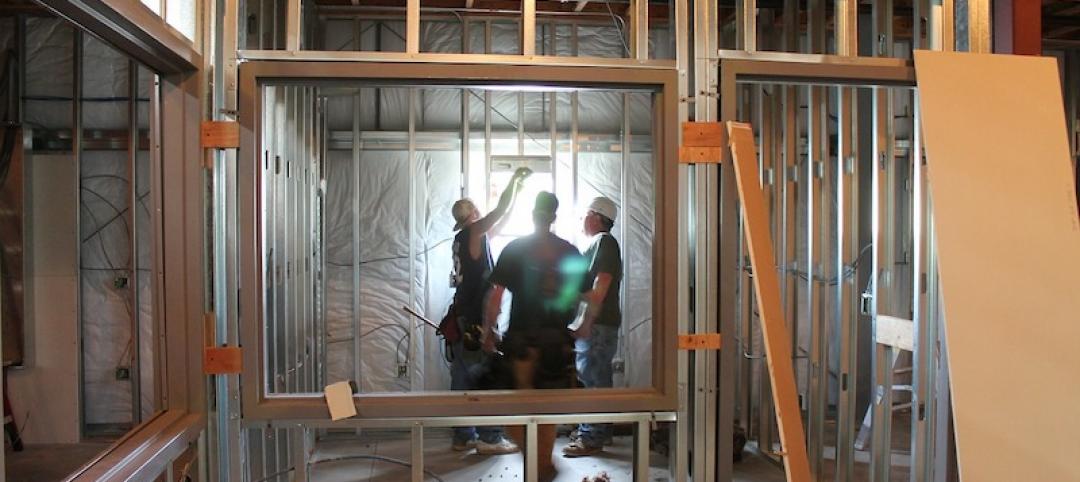The American Institute of Architects (AIA) released a significantly enhanced version of its Disaster Assistance Handbook for architects, built environment professionals, municipal government officials, and emergency managers involved in disaster mitigation, preparation, response, and recovery.
The revised document provides a step-by-step guide for maximizing architects’ unique skills in addressing each phase of the disaster cycle. The Handbook was developed by a team of AIA members and staff experienced in disaster response and preparedness, with contributions and review from industry experts and government officials.
Key features of the Third Edition of the Handbook include:
- A new chapter on hazard mitigation and risk reduction
- Detailed explanations of recent changes and advances in emergency management protocols
- Case studies, best practices, and replicable projects from AIA chapters and members
“The new Handbook shows architects how they can work with local governments to prepare for and respond to disasters, and how they can help enhance community resilience through individual client projects and participation in broader planning efforts,” said AIA Chief Executive Officer Robert Ivy, FAIA.
Learn more about the AIA Disaster Assistance Handbook and programs here.
Related Stories
Codes and Standards | May 13, 2020
Researchers flag insufficient training for construction workers on healthcare projects
May contribute to fungal disease outbreaks that endanger patients
Codes and Standards | May 8, 2020
New NIBS report evaluates natural disaster mitigation strategies
Document examines strengthening buildings for flood, wind, wildfires, and earthquakes.
Codes and Standards | May 6, 2020
A few ways contractors can manage COVID-19 risks
Staggered start times, rigorous tool cleaning, virtual training among the strategies.
Codes and Standards | May 5, 2020
NAHB loses influence in 2021 IECC building code development
Despite objections from the National Association of Home Builders (NAHB), the development of the 2021 International Energy Conservation Code (IECC) is nearing conclusion. NAHB objected to several more stringent energy efficiency provisions.
Codes and Standards | May 5, 2020
2020 IECC will lead to significant carbon emissions reductions
New model building code nearly finalized.
Codes and Standards | May 4, 2020
New York expands prevailing wage law
Now includes private projects with 30% or more of public subsidies.
Codes and Standards | May 1, 2020
OSHA says most employers don’t have to track worker COVID-19 infections
Agency clarifies responsibility for contractors, others.
Codes and Standards | Apr 29, 2020
New York City tightens restrictions on construction during pandemic
Dept. of Buildings has issued more than 100 violations and stop-work orders.
Codes and Standards | Apr 28, 2020
ASHRAE, WELL panels to tackle revising standards to limit spread of viruses in buildings
Will examine ways to reduce infectious threats through building designs and operations.
Codes and Standards | Apr 24, 2020
Dept. of Labor issues guidance for respiratory protection during N95 shortage
Elastomeric respirators or powered, air-purifying respirators, and expired N95s are allowable alternatives

















